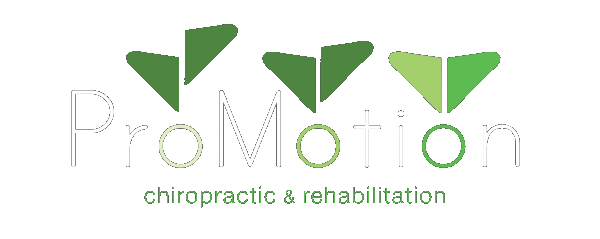One of my favorite clinical terms is “lumbopelvic dissociation”. What this basically describes is when an individual is unable to move their hips without moving their lumbar spine. For instance, bending forward (flexing) at the hips while maintaining a neutral lower back. That movement is called is a “hip-hinge” and I teach it often when rehabilitating lower back pain.
There was recently a story on NPR titled “Lost Art Of Bending Over: How Other Cultures Spare Their Spines” (February 26, Morning Edition) which talked about how (in general) western cultures bend over versus how those in other parts of the world tend to bend over. More specifically, how these differences can lead to, or avoid, lower back pain. What the observer found when traveling to other countries was that people working in rice fields or working in their gardens bent over in a way that made their back like a table, i.e. their backs were flat and their hips were bent. More often than not, an American performing the same task would round their back to create a “C” with their hips and lumbar spine. This is one of the mechanisms that can lead to lower back pain.
In the story, Dr. Stuart McGill, PhD, likens the mechanism to woven cloth which is repeatedly pulled and stretched in one direction. Eventually the fibers start to loosen and unravel. Similarly, the outer layers of an intervertebral disc, when continually pulled in a certain direction, start to “delaminate”, or pull apart, making disc bulges and herniations more likely. By learning the correct mechanics of a hip hinge many people can avoid an episode of low back pain or recurrent episodes of low back pain and people who spend their days working in gardens can do so without suffering from lower back pain.
The hip hinge is a necessary skill for everyone from weight lifters to pregnant mothers. If you are having trouble with lower back pain, sciatica or back and hip strength, please call Pro-Motion Chiropractic and Rehabilitation or seek treatment from a knowledgeable doctor, clinician or therapist.

